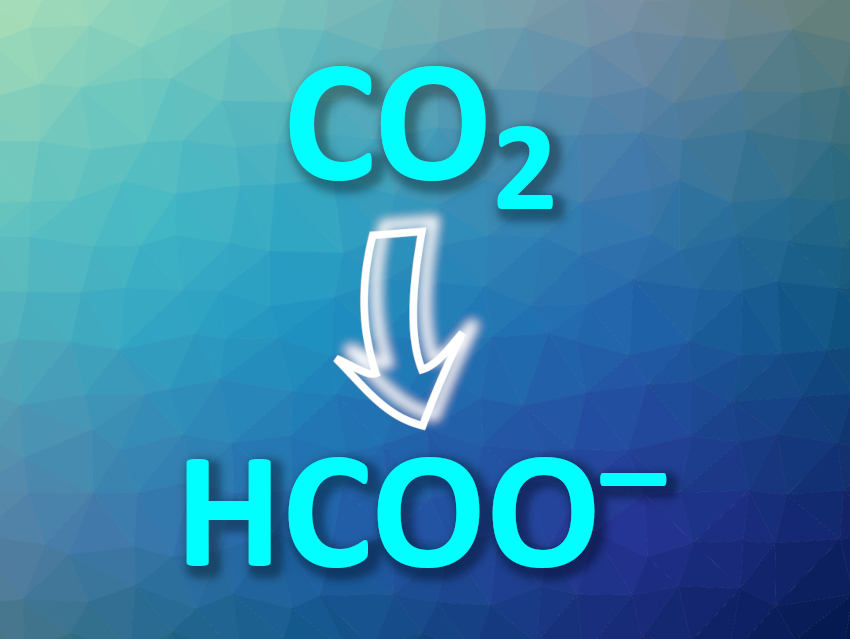CO2 is a greenhouse gas and contributes to climate change. Carbon capture and utilization (CCU) could help to mitigate the impacts of carbon emissions. The electrochemical reduction of CO2 to give formate is one way to use CO2 to make useful products. This requires selective and stable electrocatalysts. However, developing catalysts that favor the formation of HCOO– and remain stable during operation has been challenging. Tin-based catalysts are promising candidates, but their selectivities and formate production rates can be improved.
Hao Dong, Miao Zhong, Nanjing University, China, Edward H. Sargent, University of Toronto, Canada, and colleagues have developed improved catalysts for the electrochemical reduction of CO2 to formate. The team combined p-block elements with different electronegativities to improve the stability of the catalysts. They used a bismuth–tin alloy of the type Bi0.1Sn as a precatalyst, which was prepared by co-evaporating Sn and Bi onto polytetrafluoroethylene (PTFE) substrates. Then they used his alloy as a working electrode in the electrochemical reduction of CO2 and found that SnO2 was formed on the catalyst.
The resulting active BiSn:SnO2 surfaces turned out to be stable during extended operation (over 100 days) and allow for the efficient production of formate. The researchers propose that the stabilized active sites provide an optimized binding energy for a key intermediate in the creation of formate, *OCHO. The improved catalyst provides a Faradaic efficiency of 95 %.
- Stable, active CO2 reduction to formate via redox-modulated stabilization of active sites,
Le Li, Adnan Ozden, Shuyi Guo, F. Pelayo Garcı́a de Arquer, Chuanhao Wang, Mingzhe Zhang, Jin Zhang, Haoyang Jiang, Wei Wang, Hao Dong, David Sinton, Edward H. Sargent, Miao Zhong,
Nat. Commun. 2021.
https://doi.org/10.1038/s41467-021-25573-9




